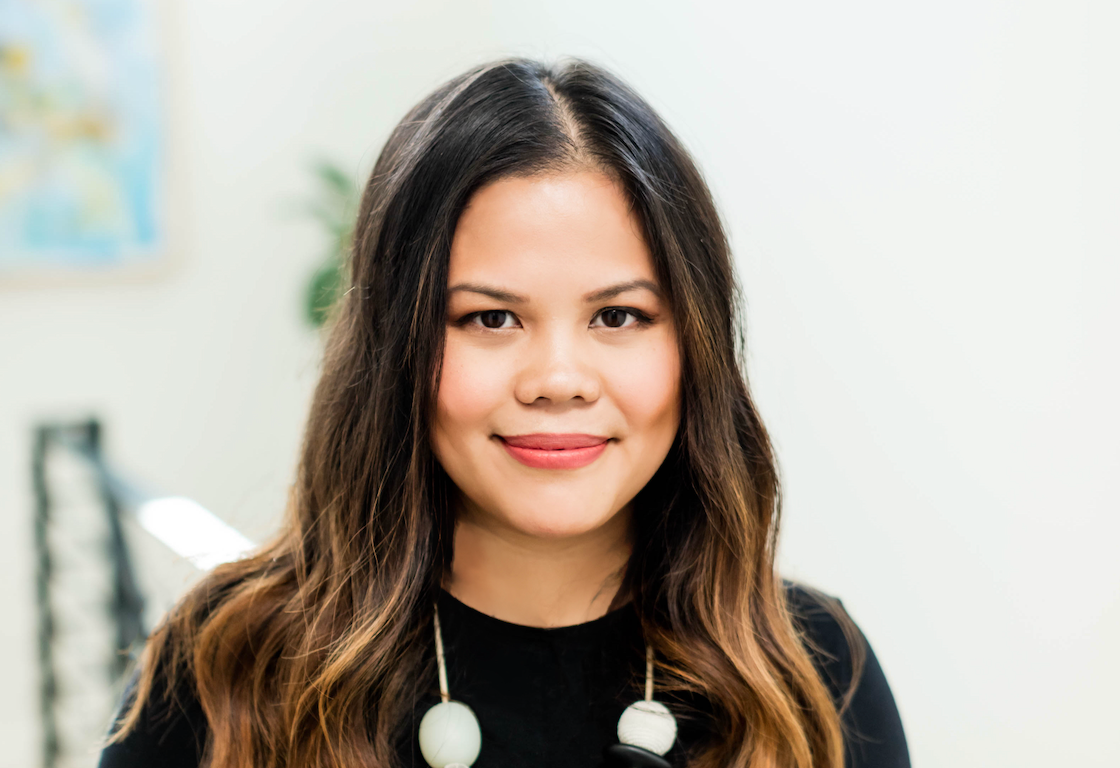The 50 States Project is a series of candid conversations with interior designers across the country about how they’ve built their businesses. This week, Austin-based designer Christine Turknett Ho of Breathe Design Studio tells us how she navigated a career pivot from academia to interiors, why a marketing assistant was one of her first hires, and the tech-inspired task organization method that transformed her workflow.
Design wasn’t your first career. What inspired you to pivot into the industry?
Prior to being a designer, I was an academic. I got my Ph.D. in English from the University of Pennsylvania. I had gone to UT Austin for undergrad, and then I came back here and I was teaching college courses. I had started [that job] during the recession in 2008, so the market was so different than it had ever been historically, and everyone was trying to navigate what kinds of jobs were available and how long they would last. I was the associate director of a program on campus, but I just was not very passionate about it.
I had purchased a lot in a planned community [on the site] of the old airport. The architect was Michael Hsu—he’s one of the best architects in town, and the home was so beautiful. I assumed that the interiors were going to be exactly like the renderings, but because they were working with the custom home builder, I learned that they really encouraged us to make our own selections. So as I was trying to figure out what I wanted to do next, I threw myself into the research of doing this home. I like to call [that time] a high-stakes internship, because I was learning how to essentially manage a construction budget with my own money.
That’s one way to learn! How did you approach the project?
I wanted this home to be really unique, but I also didn’t want to go over my [budget] allowances. For example, at the time, there were not that many brass hardware options—it was still becoming a trend. We had the option of selecting different hardware in every single space in the home, and I wanted brass, but I didn’t want to go over my allowance of what was probably specified as stainless or chrome, which were readily available, so I went and researched every single brass hardware option on the market. It became an obsession, teaching myself how to create a beautiful home within a certain budget so that I didn’t have to pay change orders. That’s really what taught me how to be mindful of budgets, and at the same time, I was learning everything that I could about design.

What about the furnishings part?
Once the home was complete, I actually worked at a home goods retailer so that I could furnish my home, because it has a great discount. That’s when I had an opportunity to work with customers for the first time. I realized that I wanted to help people—and not just to select a sofa. I wanted to help them figure out how to create a room. I wanted to know, “Well, if we select this sofa, what coffee table are you thinking about?” But also, “Do you have a dog? What color is your dog’s hair?” We didn’t work on commission, but I got very invested in selling people an entire room, where they could walk away and it would be cohesive. I wasn’t passionate about my university job, but I was genuinely passionate about helping people furnish rooms. That job helped me realize that I could be successful at furniture sales—and that was a valuable realization for someone who was formerly an academic and who had not ever cared about being good at selling.
After my home was fully furnished, I was approached by a designer who liked the way it was styled, and who asked me to help her style a project. When that was published, I was asked how I wanted to be credited, which is how I decided to start a [styling] company. I started posting a little on social media, just on my personal Instagram, and somehow the architect’s office found it, reached out to me, and asked if I wanted to split professional photos. Why not? They ended up submitting it to Dwell, and then it ended up on the cover of Austin Home. We were also on the Tribeza home tour in 2017, and that’s when my neighbors and other tour attendees started approaching me about helping them with their homes.
Did you take that flurry of attention seriously?
I already had a company, but I realized that while I myself didn’t necessarily need to get a degree—I had been in school for way too long already—I needed to hire people who had degrees in interior design.
What was the first role you hired for?
I hired two people at the same time: a junior designer to do the technical work, and a marketing assistant—whose background was in photography—to help me with social media logistics. I was focused on marketing because I was still building my portfolio, and I realized that part of it was creating the perception of establishing myself through social media—that I could build a portfolio to show our aesthetic, even if it wasn’t necessarily finished projects. If the imagery couldn’t be [a bunch of completed projects], how do we establish our brand?
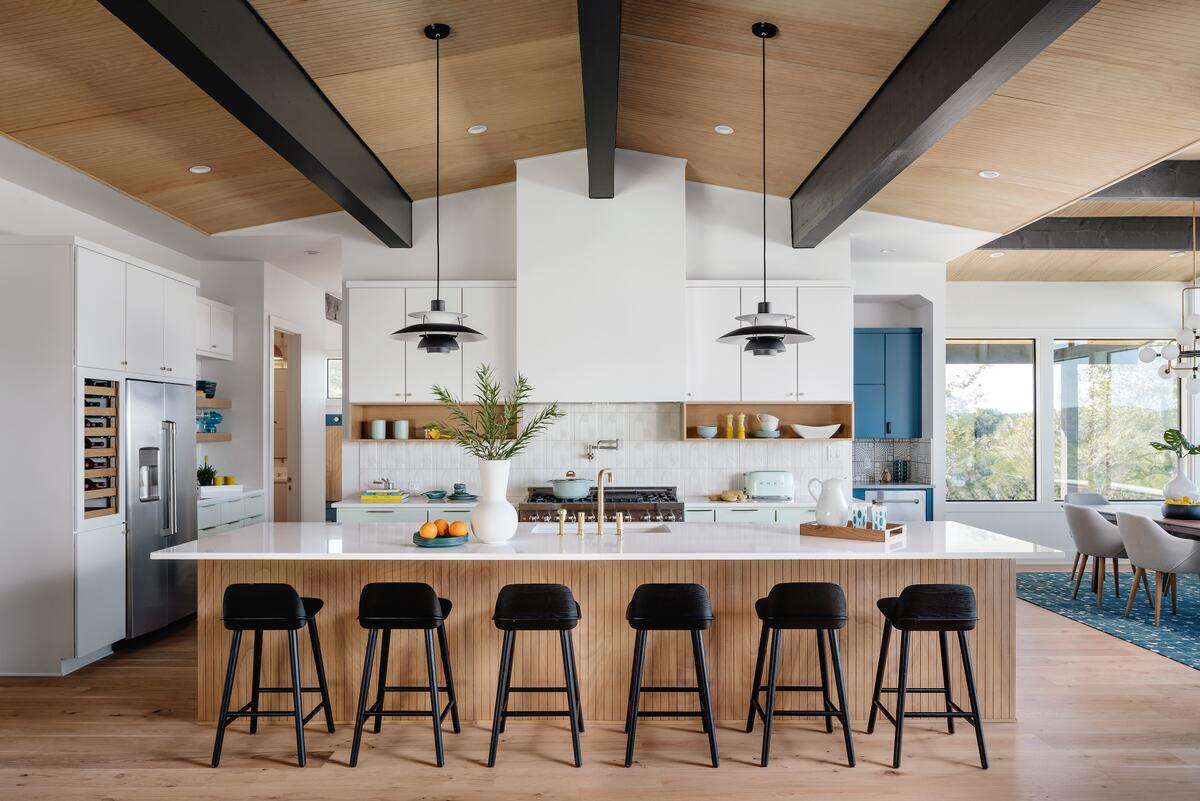
How did you do that early brand-building?
[The marketing assistant] would take photos of things we were doing. If we went to Round Top, for example, she would create a narrative with the photos she would take of us, and then put them on Instagram as a story of “the designer’s experience at Round Top” that showed what we were looking at, or what things we were considering for a project, and maybe a mood board. When we came to New York for the [now-defunct] AD Design Show, we documented that experience through photography—being on the street and hailing a cab, but also the stoves we looked at, the colors we really liked, and things like that. We were able to show people the kinds of things designers do, but also the products that we like and would use in projects if we had the opportunity to do so.
How long did it take to feel established? Did you start to shift away from that strategy once you had project photos to show?
I started to shift away from that strategy after about a year—frankly, after getting pregnant and having a child. Having a family definitely changed things. I had a difficult pregnancy, which really shifted my ability to be in front of the camera, or really do anything I didn’t have to do. At that point, my team also changed: I found a senior designer who had much more experience and was able to help me with the financial side of things too. So she was able to take on more roles, and to keep projects going while I was on maternity leave.
That was definitely one of the main points of transition for the firm. While I was pregnant in 2016, I even changed the name of my company from Christine Turknett Interiors to Breathe Design Studio. I didn’t want the company to be about me—I wanted it to be more of this feeling of a collective. And that was also a really big shift in terms of not wanting all the marketing to be around me. Our marketing became much more client-centric and project-centric, because I had a fuller pipeline, and that was what I was really passionate about—not the self-promotion, but the work itself. There are lots of different lines of thought about the balance between being the face of your company versus being a collective. For better or worse, I tend to feel more comfortable being part of a team.
What does the team look like today?
There are three of us full-time: me, a project manager and an architectural interior designer. We also have many independent contractors that work with us, and we’re hiring right now for a design coordinator to handle procurement—someone to coordinate the design process, now that our project manager is more focused on construction.
I believe in slow, steady growth—especially because I have had a second child since then. Even though I tend to be a very ambitious person, I want to take this time with them and really treasure it. And as much as I wish my pregnancies had been easier, or that my children had been better sleepers, it really did force me to learn work-life balance. It’s like, I really won’t get this time back unless I put it aside.
One of my business coaches is a wonderful woman with an amazing background in finance. She told me that as you grow your team, you also have to let go of creative control. That’s something I’ve always had in the back of my mind, and another reason I’m not necessarily in a rush.

How did you approach the structures and systems needed to tackle a design project?
As a writer and a teacher, I knew that process was important—that, if you created it and you taught it, it could be repeated; and the more that you tweaked it, the better it could get. I applied that line of thinking to running the operations of the business.
I was very inspired by the tech world, and the very specific project management systems they used. I don’t remember what software I was using in the beginning, but I was using the Kanban [visual project management] method. A lot of times with to-do lists, you have to-dos or it’s done. But with the Kanban method, you can see what’s in progress. I was able to look at it and go, “How do we get from this column to that column? We need to figure out what’s in the middle.” I realized that if we tried it one way on this project, saw how it went, and altered it as needed, it helped me create a process as I went.
One thing that has been an asset is that I’m a big-picture thinker. In my former career as an intellectual, I was asked to be a big-picture thinker, and I thought about various meta concerns, problems and philosophical issues. When I came into design, I brought that sensibility with me—we’re establishing a vision, and we’re going from a top-down model. So I knew we needed to start by establishing a mood and getting on the same page with the client about it. From there, it was like, “What’s the most efficient way for us to get there with the most accuracy?”
What was your answer to that?
After making mistakes, this is what I’ve learned: You have to set clear expectations upfront, and the way that you do that is by creating timelines. When a client doesn’t feel like they understand what’s going on, that’s when they start to lose trust in you—and trust is the cornerstone of every client relationship. When a client loses trust in you, that’s when the project gets out of control. Once I started to realize that, I made a system that allowed me to create clear expectations with a client upfront. It also allowed them to feel heard—because everybody wants to feel heard—by allowing them to give me feedback so I could collaborate with them, but would limit my interactions with them to the extent that it would focus them rather than create a spiral of more options. We’ve worked with a variety of software systems since we started, but we currently use Asana.
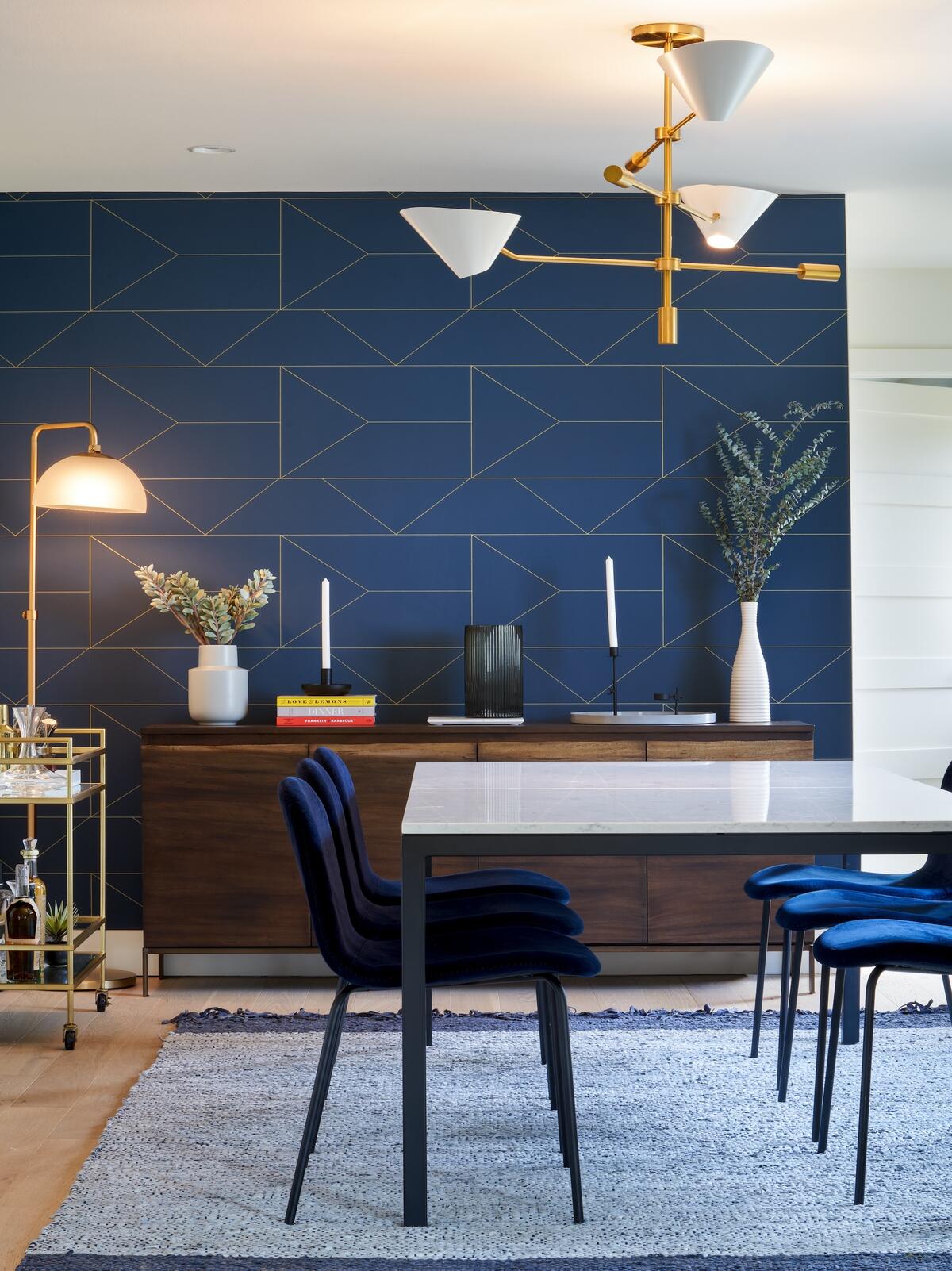

What made you want to get a business coach?
I signed up with Pearl Collective in 2019, after the birth of my first son—I actually did my first in-person session with them three days before the pandemic shutdown in Austin. It was a unique time to try to revamp my business.
From the beginning, I knew that operations was one of my weaknesses—that, and the fact that I did not have a technical background. The company was profitable, but I wasn’t really benefiting from it in any way. I like to work hard and I don’t want to quit, so I just kept doing it, but I knew I needed a specific interior design business coach if I wanted to be more successful. On the Pearl Collective website, they had these avatars they had created that represented designers in different phases of their business, and I was able to see myself in one of them. So I scheduled a discovery call, where they spent a lot of time with me, then she sent me information about profitability, percentages, revenue, gross profit, net profit—I felt like I was treated like a VIP the way they onboarded me.
What have you come away with from that experience?
It’s honestly impossible to say everything that I’ve taken away from it, but I will share this metaphor: Say you have a puzzle. It usually comes in a box with a picture on it. You’re like, “This is what my puzzle is going to look like at the end—it’s a picture of the Eiffel Tower. There are 5,000 pieces in here, but I know these are the colors, and this is what the Eiffel Tower looks like.” Before I went to the program, I did not even know what the box looked like. Going to the Pearl Collective program with Gail Doby allowed me to finally form a picture.
I’m a very goal-oriented person, and she gave us benchmarks about the kinds of things that we should try to achieve from an operational expense perspective, whether it’s from gross profit, net profit, revenue, sales, cost of goods, sales versus time billing, and how to bill time. It was so helpful to have advice on how to handle these really small but important things: How do you manage margins? How do you present [your fee structure] to a client? How do you maintain quality customer service? How do you create a marketing plan, and what is the most effective type of marketing? And not only that, but forcing me to literally come up with a plan and then execute it. Lastly, she creates a community.
I think a lot of people see business and design as these two mutually exclusive things, but in my mind, the beauty of business is that it’s really creative problem-solving. That’s essentially what we’re doing as designers as well.
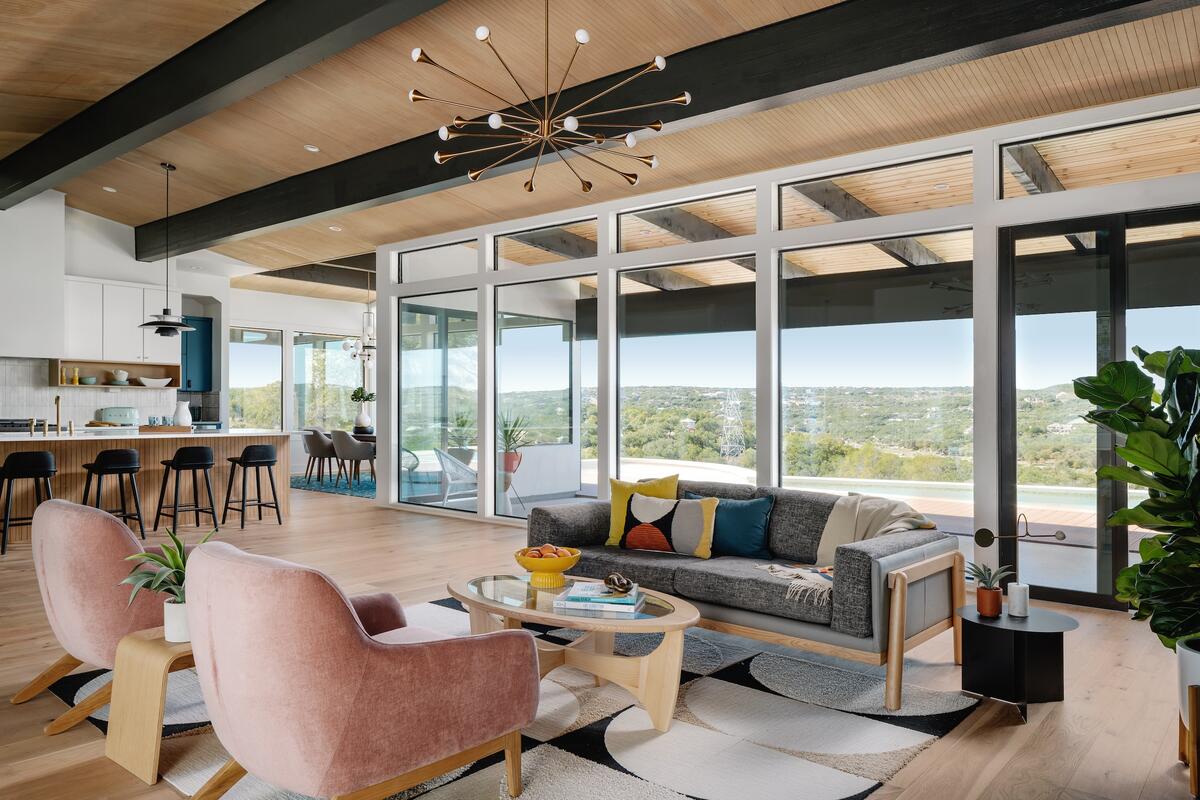
Did working with Gail change the way you charge?
Definitely. She shows us different ways we can do it, and we ultimately put together what works best for us, but it’s really about having the confidence to say, “This is what I charge.” When you start out, a huge [challenge] is that you don’t know what you’re worth, and you’re so afraid to acknowledge that. You assume that there is some sort of industry standard as to how things are done—and then once you find out that everyone does it totally differently, you are afraid to know your worth and to stand up for it. When you’re giving somebody estimates, you’re so uncertain, which creates insecurity. As you’re trying to figure out what you’re charging clients, it’s so inconsistent—you’re either underestimating how long it takes to do things or undercharging, and then you start to get more confused. That psychological component is [about] having the confidence to say, “This is how I structure [my fees], and why—because I need this operationally to support my business, but also because I know that these are things that I can offer, and these are the kinds of clients I want to serve.”
What is your approach today?
I’m starting to learn that hourly is the most fair because projects are so different, especially renovations or projects where it’s not necessarily [the whole home]. Creating [hourly] estimates is a thankless, unpaid job, but it really serves the client. I often say when talking about budget: “If I were in your position, this is what I would do.” Tying back to the very beginning of my design experience, [my approach is about] maximum impact, minimal cost—and that really goes back to me not wanting to go over my allowances in my own home.


How has your location in Austin changed or influenced some of the opportunities that come your way?
Our city has grown so much. I think we’re the fastest-growing city in America for the last five years or so, and so much of it has been certain sectors like tech. There has been a huge explosion of growth in terms of the amount of people who are moving here, but there’s also been a stabilization of the market. It’s been very erratic, to be honest—you just never know what’s going to happen next, but I think that builds entrepreneurial resilience, that we’ve had such extreme ups and downs in our housing market. Now, as the market has slowed down some, [I’m thinking about things like] how we can help people who are trying to sell their homes. It forces us to think about how we can contribute. If you put yourself in a lot of different contexts and circumstances, and then you gain more experience.
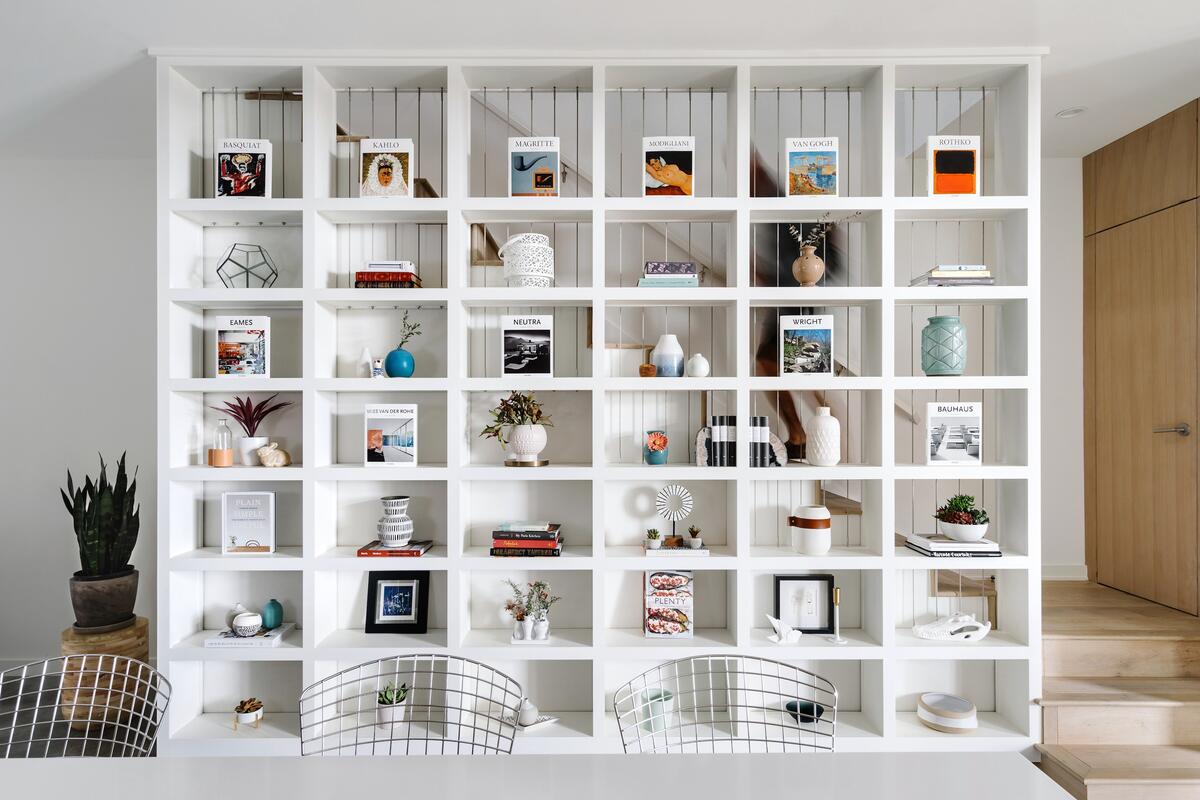
What’s the most important thing you know now that you didn’t know when you started out?
I think so many times in our life we feel like personal failure is this very negative thing. But one of the things I’ve learned is that failure is a requirement, and that’s really how you grow. Having come from this long career in academia, and having worked so hard to be there, and then realizing that it didn’t work out [was a hard but important experience]. I was failing because I wasn’t passionate about it, and by not doing that anymore, I was able to find something that I was passionate about.
What does success look like for you in this phase of your business?
For me, success really comes with clarity. A lot of times, things happen in life that you don’t expect. I recently was dealing with a health issue that was unexpected, that took a lot longer to recover from than I expected. And I think it derailed me so much in terms of what I thought my trajectory was. It was supposed to just be this consistent steady uptick of growth. But I think one thing that I’m learning is even though this experience really challenged me and my confidence, it also forced me to recommit to my goals.I think part of clarity is having belief in your vision of the future. When things happen that you don’t expect, it’s an opportunity to have this break that forces you to recommit yourself to that vision. That’s an opportunity for you to clarify whether or not this is even a direction you want to keep going. And if not, [you can instead] make the difficult decisions of what it means to change direction, or what you could do differently to go toward a different or more refined vision of your future.
To learn more about Christine Turknett Ho and Breathe Design Studio, visit her website or find her on Instagram.
















